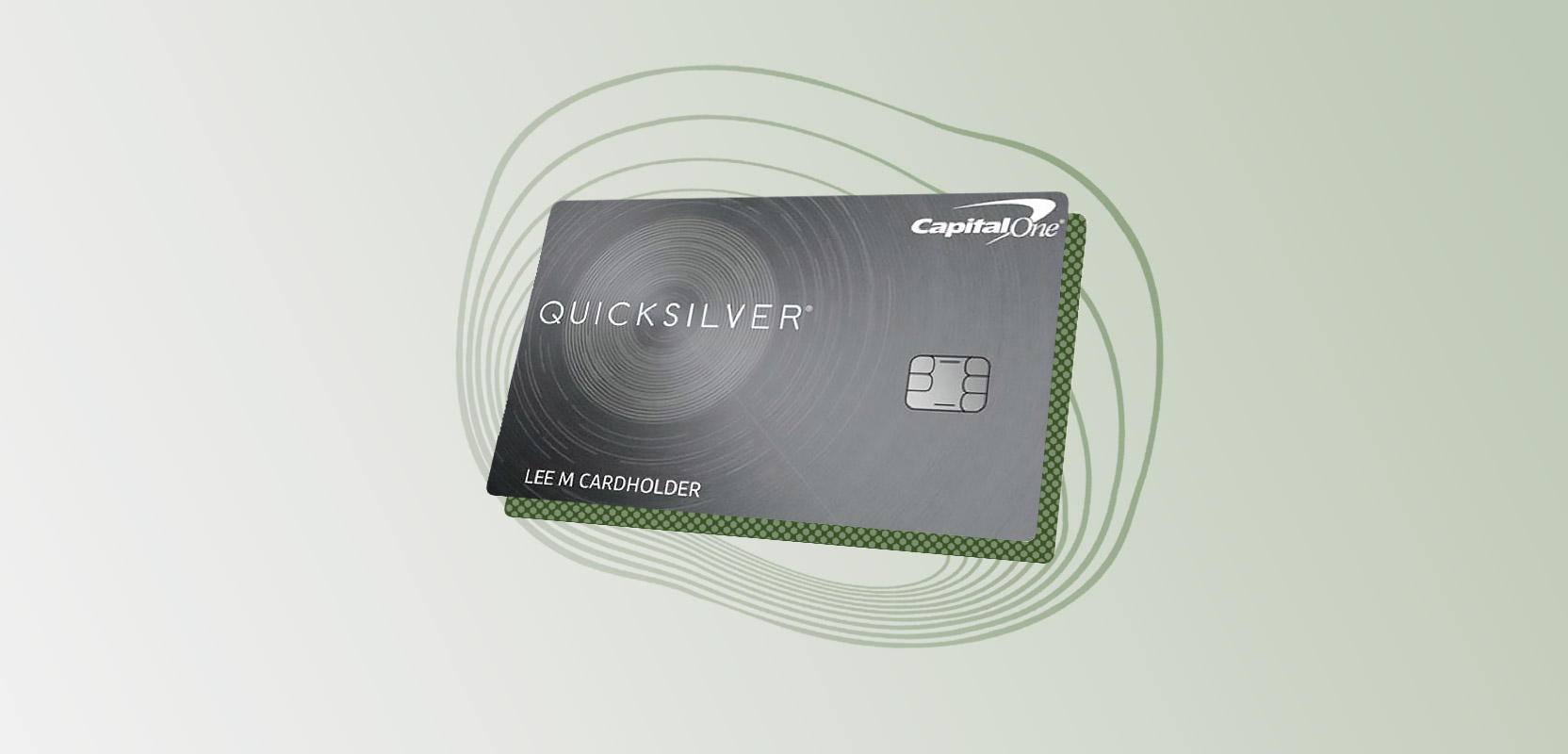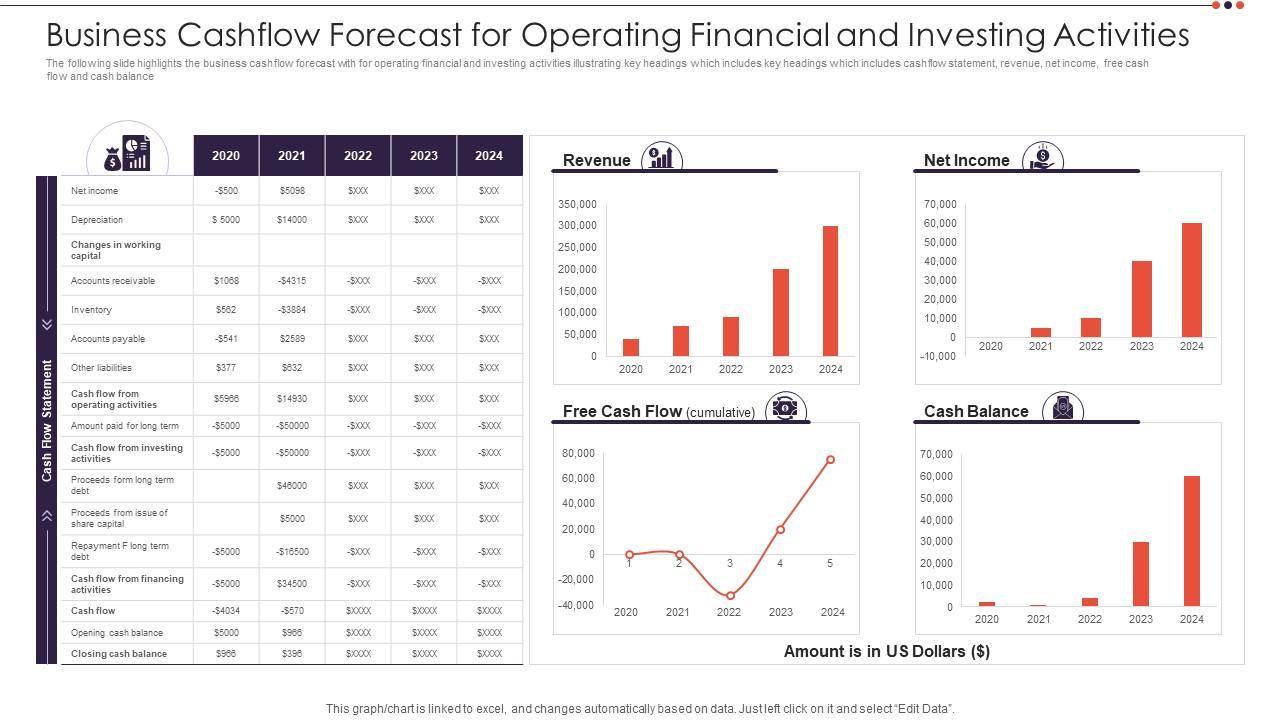

Finance
What Is Capital One’s Grace Period?
Published: February 21, 2024
Learn about Capital One's grace period and how it can impact your finances. Understand the importance of managing your credit card payments effectively.
(Many of the links in this article redirect to a specific reviewed product. Your purchase of these products through affiliate links helps to generate commission for LiveWell, at no extra cost. Learn more)
Table of Contents
Introduction
Welcome to the world of credit cards, where understanding the finer details can make a significant difference in your financial well-being. One such crucial aspect is the grace period, a feature that can potentially save you money and alleviate the stress of managing credit card payments. In this article, we'll delve into the concept of grace periods, specifically focusing on Capital One's policy in this regard.
Understanding how grace periods work and how they can benefit you is essential for making informed decisions about your credit card usage. Whether you're new to the world of credit or a seasoned cardholder, grasping the intricacies of grace periods can empower you to make the most of your financial resources.
So, let's embark on a journey to unravel the mysteries of grace periods and explore how Capital One incorporates this feature into its credit card offerings. By the end of this article, you'll have a comprehensive understanding of Capital One's grace period policy and how to leverage it to your advantage. Let's dive in and demystify the concept of grace periods in the realm of credit cards.
Understanding Grace Periods
Before delving into the specifics of Capital One’s grace period policy, it’s crucial to grasp the fundamental concept of grace periods in the context of credit cards. A grace period refers to the window of time during which you can pay your credit card balance in full without incurring any interest charges. This period typically spans from the end of a billing cycle to the payment due date, offering cardholders a valuable opportunity to manage their finances effectively.
During the grace period, any new purchases made with the credit card may not accrue interest if the previous statement balance has been paid in full. This feature provides cardholders with a financial cushion, enabling them to make purchases without immediately incurring interest expenses, provided that the outstanding balance is settled within the grace period.
It’s important to note that not all credit cards offer a grace period, and the specific terms and conditions governing grace periods can vary among different card issuers. Understanding the presence and terms of a grace period is crucial for utilizing credit cards judiciously and avoiding unnecessary interest charges.
By comprehending the concept of grace periods and their implications, cardholders can make informed decisions about their spending and repayment strategies. Now that we’ve established a foundational understanding of grace periods, let’s delve into how Capital One integrates this feature into its credit card offerings.
Capital One’s Grace Period Policy
Capital One, a prominent player in the credit card industry, extends the benefit of a grace period to its cardholders, providing an opportunity to manage their credit card balances without incurring interest charges. The specific details of Capital One’s grace period policy can significantly impact how cardholders approach their spending and repayment habits.
Capital One typically offers a grace period on purchases, allowing cardholders to avoid interest charges on new transactions if the previous statement balance is paid in full by the due date. This means that as long as the outstanding balance is cleared within the grace period, cardholders can effectively sidestep accruing interest on their purchases, providing a valuable financial advantage.
It’s essential for Capital One cardholders to review the terms and conditions of their specific credit card to ascertain the exact details of the grace period. While the general principle of the grace period applies across most Capital One credit cards, nuances in the policy may exist, necessitating a thorough understanding of the specific terms governing the grace period for each card.
By incorporating a grace period into its credit card offerings, Capital One empowers its cardholders to make purchases and manage their balances strategically. This feature aligns with Capital One’s commitment to providing financial tools and resources that enable responsible financial management, offering cardholders a valuable opportunity to make the most of their credit cards without incurring unnecessary interest expenses.
Understanding the nuances of Capital One’s grace period policy equips cardholders with the knowledge to leverage this feature effectively, optimizing their financial decisions and maximizing the benefits of their credit cards. Now that we’ve explored Capital One’s approach to grace periods, let’s delve into how cardholders can make the most of this advantageous feature.
How to Take Advantage of Capital One’s Grace Period
Capital One’s grace period presents a valuable opportunity for cardholders to optimize their credit card usage and minimize interest expenses. To make the most of this beneficial feature, it’s essential for cardholders to adopt strategic financial practices and leverage the grace period to their advantage.
Here are some key strategies for maximizing the benefits of Capital One’s grace period:
- Timely Payment: Paying the previous statement balance in full before the due date is crucial to capitalize on the grace period. By settling the outstanding balance within this timeframe, cardholders can avoid accruing interest on new purchases, effectively leveraging the grace period to their advantage.
- Strategic Spending: Understanding the billing cycle and due date enables cardholders to plan their purchases strategically. By timing their transactions to align with the grace period, cardholders can minimize interest charges and optimize their cash flow.
- Financial Discipline: Maintaining disciplined financial habits, such as budgeting and prudent spending, contributes to effective utilization of the grace period. By managing their finances responsibly, cardholders can fully harness the benefits of this feature.
- Reviewing Card Terms: Familiarizing oneself with the specific terms and conditions of the Capital One credit card is essential. By understanding the nuances of the grace period policy for their specific card, cardholders can make informed decisions and maximize the advantages offered.
By implementing these strategies and staying attuned to their credit card activity, Capital One cardholders can harness the power of the grace period to mitigate interest costs and optimize their financial management. Effectively leveraging the grace period aligns with Capital One’s objective of empowering cardholders to make informed financial decisions and achieve greater financial control.
By adopting these practices, cardholders can navigate their credit card usage with confidence, knowing that they are making the most of the grace period and minimizing unnecessary interest expenses. Now that we’ve explored strategies for maximizing the benefits of Capital One’s grace period, let’s summarize the key insights and conclude our discussion.
Conclusion
In conclusion, understanding and leveraging the grace period offered by Capital One’s credit cards can significantly impact a cardholder’s financial well-being. By grasping the concept of grace periods and delving into the specifics of Capital One’s policy, cardholders can make informed decisions and optimize their credit card usage to minimize interest expenses.
Capital One’s provision of a grace period empowers cardholders to manage their balances strategically, offering a window of opportunity to pay off their statement balance without incurring interest charges on new purchases. This feature aligns with Capital One’s commitment to fostering responsible financial management and providing valuable tools for their cardholders.
By adopting strategic financial practices such as timely payments, strategic spending, and disciplined financial habits, cardholders can make the most of Capital One’s grace period, effectively reducing interest costs and maximizing the benefits of their credit cards. Familiarizing oneself with the specific terms and conditions of their Capital One credit card is crucial, enabling cardholders to navigate the nuances of the grace period policy and make informed decisions.
Ultimately, the grace period serves as a valuable resource for Capital One cardholders, offering a financial advantage that, when utilized effectively, can contribute to greater financial control and savings. By embracing the opportunities presented by the grace period, cardholders can align their credit card usage with their financial goals and achieve a more secure and efficient approach to managing their balances.
As we conclude our exploration of Capital One’s grace period, it’s evident that this feature holds considerable potential for enhancing the financial well-being of cardholders. By leveraging the grace period and adopting prudent financial practices, Capital One cardholders can navigate their credit card usage with confidence, knowing that they are optimizing the benefits of this advantageous feature.














